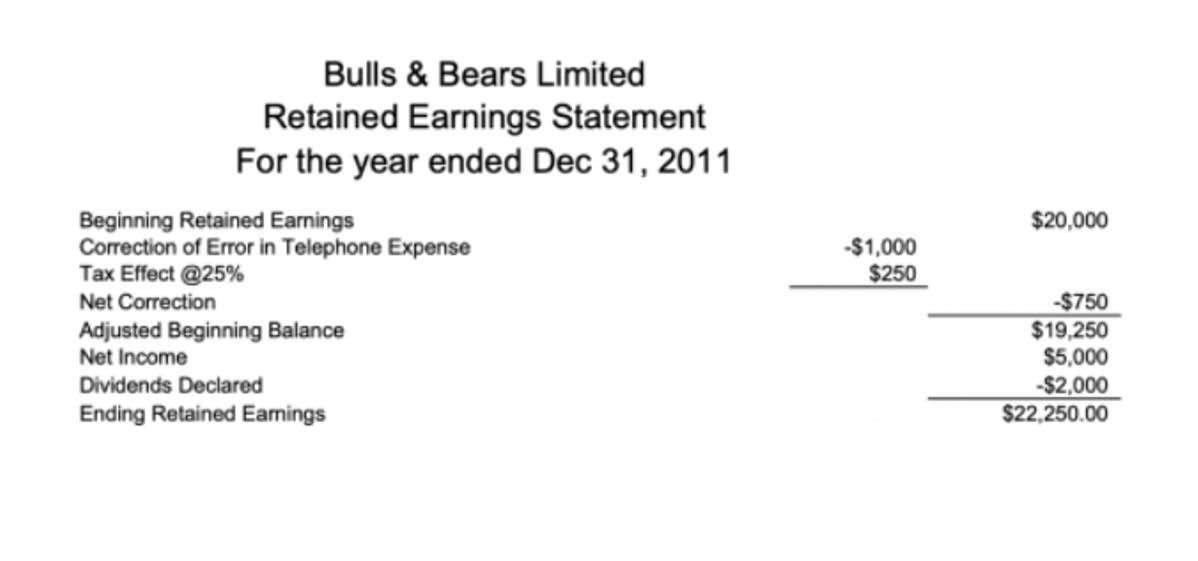
Understanding the difference between conversion cost and prime cost is crucial for Commerce students. These normal balance terms help in cost accounting and measuring manufacturing efficiency. At Vedantu, we make these essential concepts simple by providing clear explanations and practical examples. Understanding and optimizing conversion costs enable businesses to make informed decisions about pricing, budgeting, and resource allocation. While challenges exist, adopting strategies like automation, lean manufacturing, and workforce training can significantly improve cost efficiency.

Q3. How can a company manage and reduce conversion costs?

By understanding and accurately calculating conversion https://www.bookstime.com/ costs, businesses can better manage their production expenses, set competitive prices, and improve overall financial performance. This knowledge helps companies make informed decisions and enhances their ability to succeed in the marketplace. Conversion cost accounting is the process of tracking and reporting the costs incurred to convert raw materials into finished goods.
Conversion Costs: Formula, Definition & Examples
You may get the best results if you show your ads at certain times of the day or certain days of the week. Save money by not running the ads when conversions are unlikely to occur. Before you can compute the conversion cost, you need to understand what it is.
Conversion costs definition
Regularly test and optimize ad elements like headlines, descriptions, and images to improve performance. Using demographic, psychographic, and behavioral data, create targeted audience segments. Tailor your ad content, placement, and messaging to resonate with each audience segment. Continuously monitor and refine your targeting based on performance data. Implement remarketing strategies to engage users who have previously interacted with your website or ads, as these individuals are more likely to convert, ultimately improving your CPC. A good cost per conversion (CPC) varies depending on industry, product or service price, target audience, and profit margins.
2 Food Production
- The conversion cost ratio measures the proportion of conversion costs to the total manufacturing cost, providing valuable insights into the efficiency and cost-effectiveness of the production process.
- Although it will depend on how you choose to define conversions, most of the time, that term applies to the number of sales made.
- By optimizing the landing page design, simplifying the checkout process, and adding customer testimonials, they reduce bounce rates by 20% and increase conversions by 15%.
- Plastic, rubber, steel, iron, timber and many agricultural outputs like sugarcane, sugar beets, jute and cotton etc. are examples of direct materials that are processed to produce salable finished products.
- This enables the producer to at least earn back the cost incurred while making the product.
- In a business that uses a high degree of automation, it is likely that manufacturing overhead costs will comprise the bulk of all conversion costs.
- Total Conversion Cost refers to the overall expenses incurred during the process of converting leads or prospects into paying customers.
These factors can influence the demand and price of the finished goods, as well as the availability and cost of the raw materials, labor, and overhead. Therefore, the cost of conversion analysis needs to be updated and revised regularly to reflect the current situation and expectations. Conversion costs are essential for accurately pricing products, managing expenses, and optimizing production processes. They offer insights into the efficiency of manufacturing operations and potential areas for cost reduction. Direct labor is the conversion cost formula cost of wages of factory employees who assemble the cabinets.

